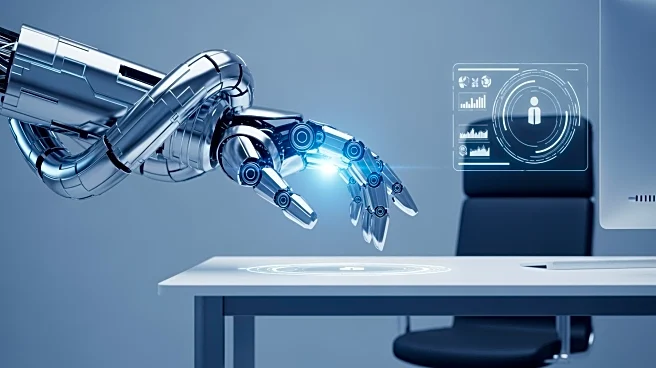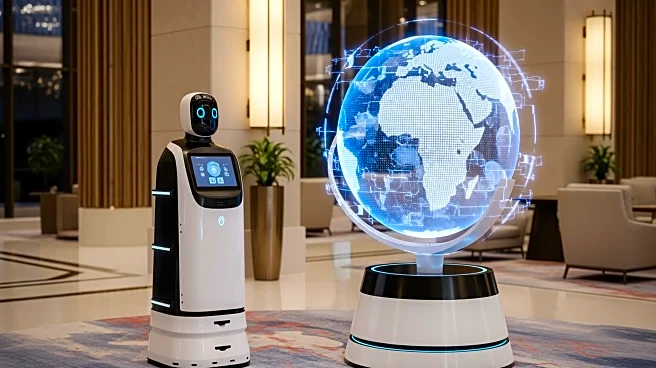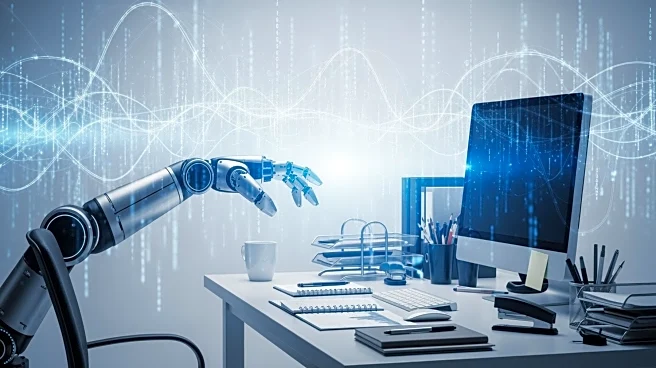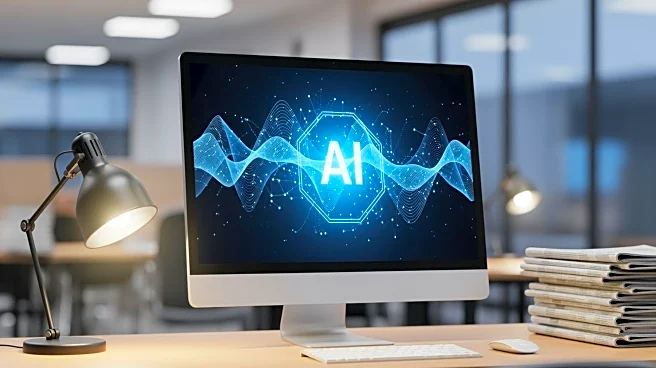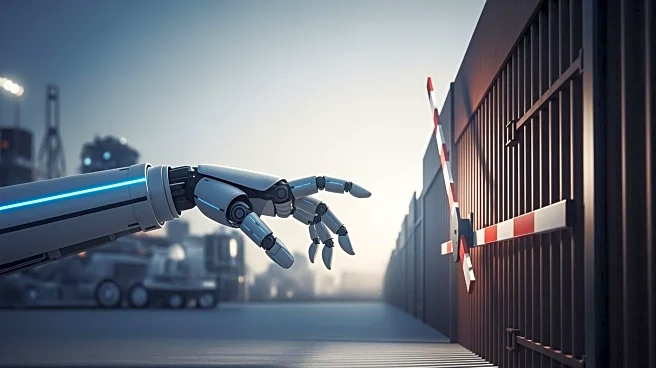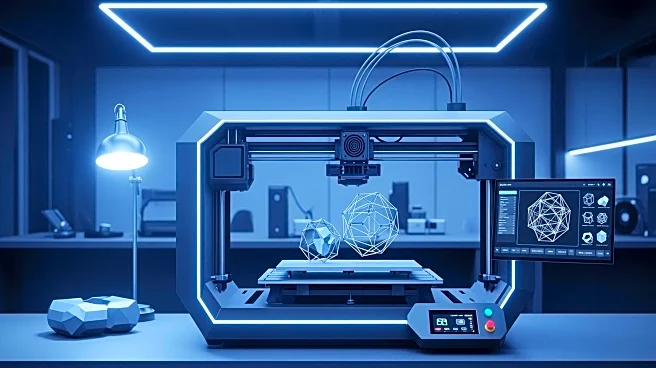What's Happening?
The debate over artificial intelligence in the workforce is evolving, with two extreme views emerging: one advocating for AI as a replacement for human workers, and the other dismissing AI as a mere distraction.
However, a third path is being forged by innovative companies that view AI as a force multiplier for existing talent, focusing on augmentation rather than replacement. This approach involves integrating AI systems that enhance human capabilities by handling repetitive, data-intensive tasks, allowing human experts to focus on strategy and creativity. The key to successful AI integration lies in dynamic context access, robust system architecture, and human-in-the-loop design, which together amplify human output significantly.
Why It's Important?
The integration of AI as a tool for augmentation rather than replacement has significant implications for U.S. industries, particularly in sectors like sales and technology. By enhancing human capabilities, AI can lead to increased productivity and efficiency, potentially transforming business operations and competitive strategies. Companies that successfully implement AI systems can gain a competitive edge, as they are able to streamline processes and improve decision-making. This shift also impacts the role of managers, who must adapt to a hands-on approach, mastering the interface between human strategy and AI execution. The trend suggests a move towards empowering employees with AI tools, rather than replacing them, which could lead to a more skilled and efficient workforce.
What's Next?
As companies continue to explore AI integration, the focus will likely be on developing systems that effectively augment human capabilities. This may involve refining AI tools to better integrate with existing workflows and ensuring that human oversight remains a critical component of AI operations. Businesses may invest in training programs to equip employees with the skills needed to work alongside AI systems, fostering a collaborative environment. Additionally, the role of managers may evolve further, requiring them to possess deep domain knowledge to guide AI tools effectively. The ongoing development of AI technology will likely lead to new applications and opportunities for augmentation across various industries.
Beyond the Headlines
The shift towards AI augmentation raises ethical and cultural considerations, particularly regarding the balance between human and machine roles in the workplace. As AI systems become more integrated into daily operations, questions about job displacement and the value of human expertise may arise. Companies will need to address these concerns by ensuring transparency in AI usage and maintaining a focus on human-centric design. Furthermore, the long-term impact of AI augmentation could lead to changes in organizational structures, with a greater emphasis on collaboration and innovation. This evolution may also influence societal perceptions of AI, as it becomes a more accepted and integral part of the workforce.
